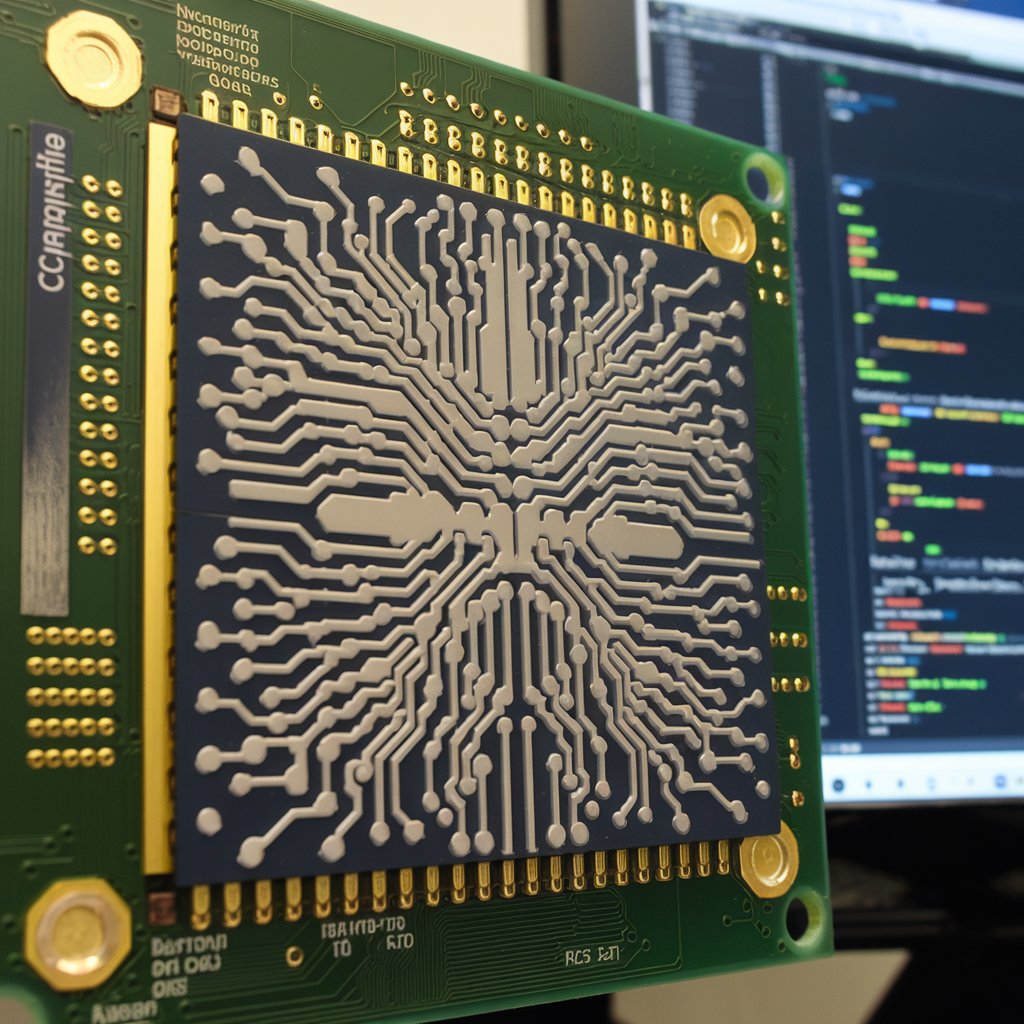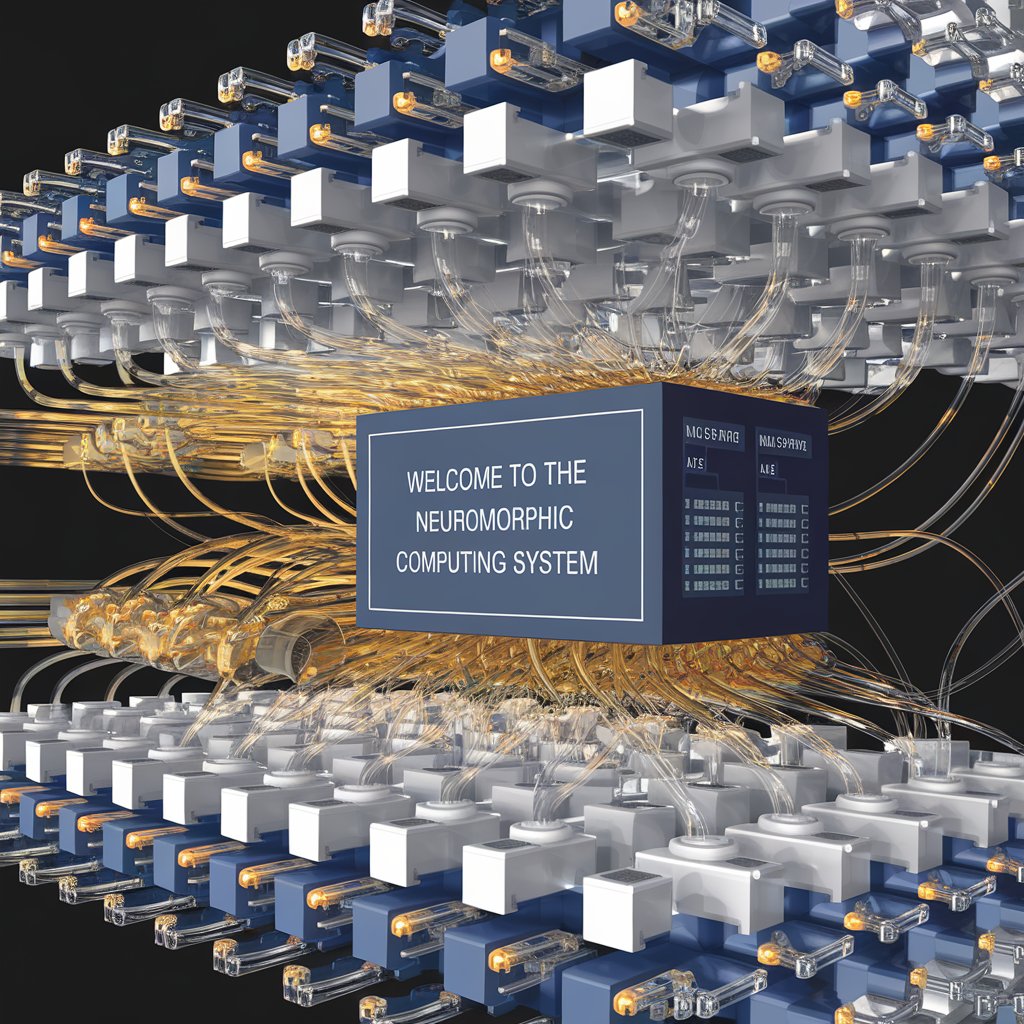Neuromorphic computing is an emerging field that mimics the structure and function of the human brain to develop more efficient and intelligent computing systems. This technology leverages artificial neural networks and spiking neural models to enhance computational efficiency, particularly for AI-driven applications.
The global neuromorphic computing market is expected to be valued at USD 28.5 million in 2024 and is projected to reach USD 1,325.2 million by 2030 and grow at a CAGR of 89.7% from 2024 to 2030. Intel Corporation (US), IBM (US), Qualcomm Technologies, Inc. (US), Samsung Electronics Co., Ltd. (South Korea), and Sony Corporation (Japan) are the major players in the neuromorphic computing market. Market participants have become more varied with their offerings, expanding their global reach through strategic growth approaches like launching new products, collaborations, establishing alliances, and forging partnerships.
Here are the top 10 companies leading the charge in neuromorphic computing:
Major Top Neuromorphic Computing companies include:
1. Intel Corporation
Intel has been a pioneer in neuromorphic computing with its Loihi chip, a research-driven initiative designed to improve AI efficiency. Loihi leverages spiking neural networks (SNNs) to perform complex tasks like pattern recognition, making it a leading innovation in the field.
2. IBM Research
IBM has been exploring neuromorphic computing through its TrueNorth chip, which features a highly parallel and low-power architecture modeled after the human brain. IBM’s work in this area is foundational to advancements in AI and edge computing.
3. BrainChip Holdings
BrainChip is a leader in commercial neuromorphic processors with its Akida platform. This chip provides real-time AI capabilities with ultra-low power consumption, making it ideal for edge computing applications like IoT, automotive, and security.
Download PDF Brochure @
https://www.marketsandmarkets.com/pdfdownloadNew.asp?id=227703024

4. Qualcomm
Qualcomm is integrating neuromorphic computing into its mobile and AI platforms. The company’s Zeroth initiative aims to develop cognitive computing capabilities in mobile devices, enhancing efficiency in machine learning applications.
5. SynSense (formerly Synaptic Technologies)
A key player in neuromorphic AI hardware, SynSense specializes in ultra-low-power neuromorphic processors optimized for edge AI applications. The company is making strides in developing commercial solutions for real-time processing in robotics and smart devices.
6. Innatera Nanosystems
Innatera is focused on ultra-low-power neuromorphic chips designed for sensor-driven applications. Their technology enables rapid and energy-efficient AI inferencing, particularly in speech recognition, autonomous vehicles, and industrial automation.

7. GrAI Matter Labs
GrAI Matter Labs is advancing neuromorphic processing with its GrAIFlow technology, which offers high-speed and low-latency AI computing for robotics and smart devices. The company’s focus on real-time processing solutions sets it apart in the neuromorphic ecosystem.
8. Prophesee
Specializing in event-based vision technology, Prophesee combines neuromorphic principles with advanced computer vision. Their event-based sensors mimic the human retina, enabling more efficient real-time image processing for applications in robotics, surveillance, and healthcare.
9. Applied Brain Research (ABR)
ABR develops neuromorphic software and hardware solutions to optimize AI efficiency. Their Nengo framework supports brain-inspired computing for real-world applications in AI, robotics, and autonomous systems.
10. SpinorX
SpinorX is developing neuromorphic chips that utilize spintronic technology for ultra-low-power AI applications. Their approach enhances the efficiency and scalability of neuromorphic computing for next-generation AI applications.
Neuromorphic computing is revolutionizing AI by enabling more power-efficient, intelligent, and adaptive computing systems. The companies listed above are at the forefront of this technological revolution, developing innovative solutions that are shaping the future of artificial intelligence. As neuromorphic computing continues to evolve, its applications in robotics, IoT, edge computing, and AI-driven analytics will only expand, making it one of the most promising fields in modern computing.
